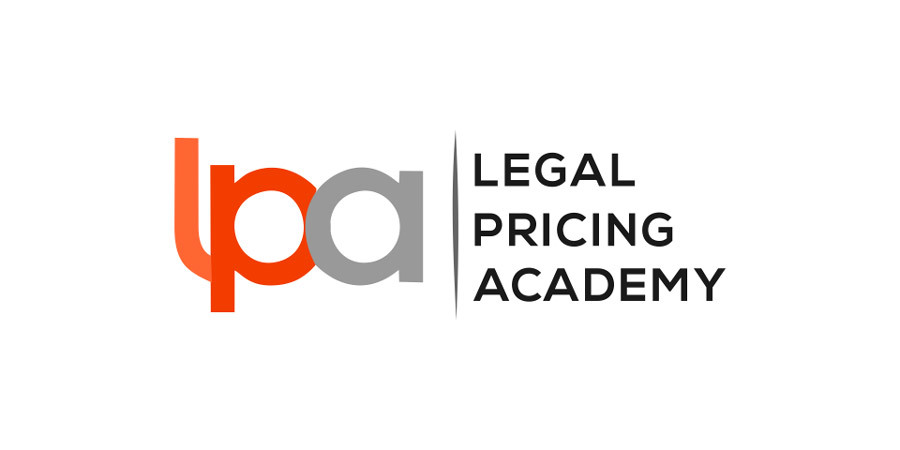A common refrain from law firms is that in-house lawyers talk about AFAs and value based billing but aren't really interested in concepts such as sharing risk; it's about getting the law firm to do the same work for less cost.
I tried but they won't play nicely!
I was recently reviewing the Intelligent Challenge blog post titled, Excuse me…I think your pricing is broken! It is well worth a read if you have a moment but if you don't, the core message is set out in the following couple of paragraphs;
"The common refrain from private practice lawyers…is that in-house lawyers who talk about value based billing really just want to pay less, and are not really interested in concepts like sharing risk. Opening a dialogue about pricing is simply an exercise in getting the law firm to do the same work for less money. I may have missed the point, but of course they want to pay less!
The fact that the firm hasn’t developed a model that really meets their needs, or if they have the firm can’t communicate it in a compelling way does not turn this into the client’s problem. It’s the private practice lawyer’s problem. It’s the firm’s problem. It’s the profession’s problem."
Money isn't always the issue...
Although I agree with many of the articles concepts, there are two key points on which I take issue. The first is the assumption that the commercial client wants to pay less. Yes, everyone would like to pay less. That is a given. It does not however follow that this is necessarily a priority for the client. The client's focus may in fact be on getting the firm to provide more commercial and practical advice rather than theoretical and academic advice.
The client may be looking to the firm for greater evidence of a commitment to understanding their business and their industry. They may be looking for more proactive rather than reactive advice.
Of course everyone is under financial pressure including general counsel who need to justify their external legal spend but it is most unwise to assume that this is the clients driving if not sole imperative. It may be, but don't assume so.
Deep understanding must precede solutions...
The second issue for me is the implication that most if not all of the responsibility for coming up with pricing solutions rests with the law firm. I would certainly accept the suggestion that the initiative should come from the law firm but there are plenty of law firms who have tried to engage with their commercial clients around this issue and those efforts have been met with a less than constructive and helpful response.
I often find it helpful to illustrate points I'm trying to make by drawing analogies outside of our profession. Those who have followed my work for any length of time will be well aware that when it comes to pricing, there is no shortage of good ideas, strategies and tactics that can be usefully adapted from the fast food industry, airlines, hotels, amusement parks and builders.
Consider therefore the relationship between an architect and client. Before a single line is drawn on a sketch or plan, a good architect will spend considerable time preparing a brief from the client. This may involve such things as visiting the clients existing home to develop an understanding of what they currently have and what they like and don't like about it.
The architect will try to understand the family dynamics, their ages and life stages, how the home is used by various members of the family, and how that is likely to change and evolve over the next few years.
In short, a considerable investment in time and effort is made by the architect in both the relationship with the client and developing a deep understanding of the clients wants and needs. In other words, getting under the client's skin.
Historically, lawyers have been very good at doing this in relation to the technical requirements but less so in relation to the pricing aspect of the relationship. What general counsel and legal departments need to be willing to do is to embrace these overtures and efforts on the part of the law firms and contribute to them.
It takes two to tango...
You have to be willing to invest the same amount of time and effort in the relationship as the firm is trying to do. It means opening up. It means being candid and forthright. It means viewing the engagement as a collaboration from which both sides have the potential to benefit rather than a zero-sum game where my gain must be your loss.
The solicitor/client relationship can only evolve and develop, like every relationship, if it is founded on mutual trust, respect and a desire to broaden the scope, breadth and depth of that relationship. Law firms have a responsibility to initiate these communications and general counsel and legal departments have an equally compelling responsibility to engage in them and invest time and effort in them. Screwing down headline hourly rates does not constitute constructive engagement, it is the antithesis of it.
Law firms should be as willing to sack clients who won't engage constructively, as those clients are willing to sack their law firms for not doing so. It takes two to tango.

